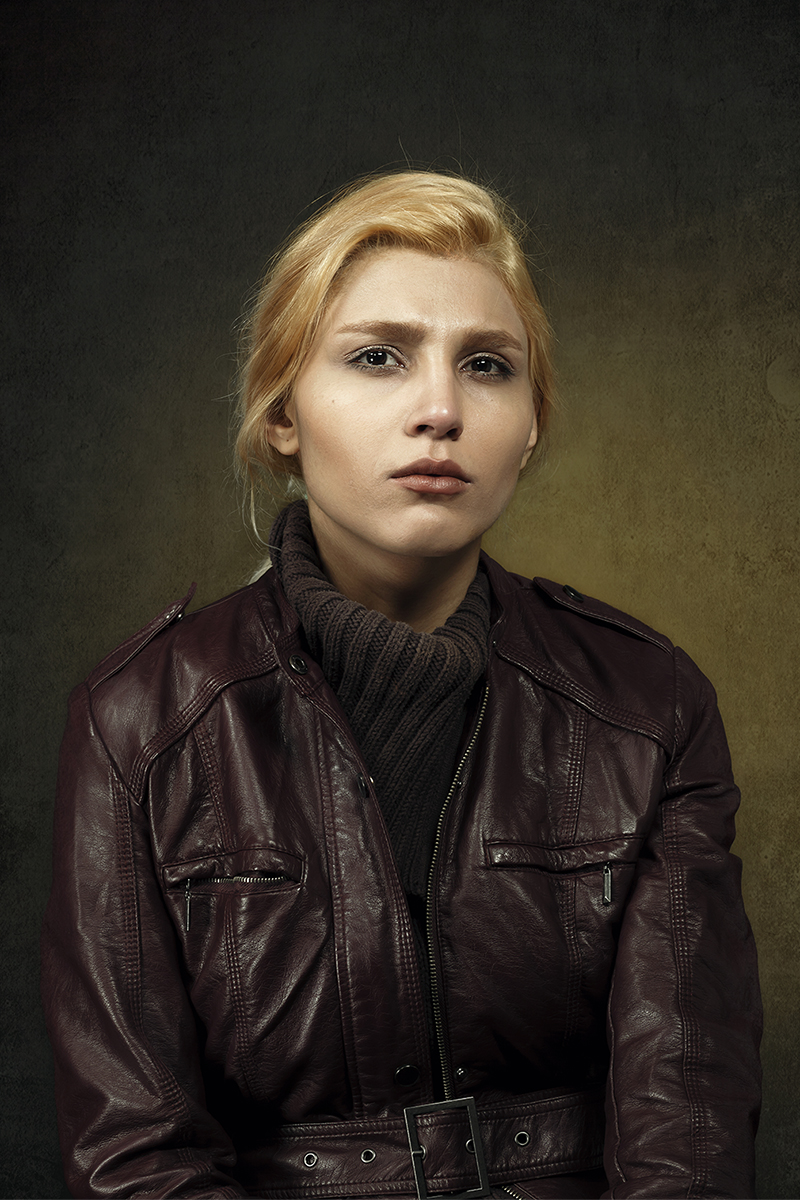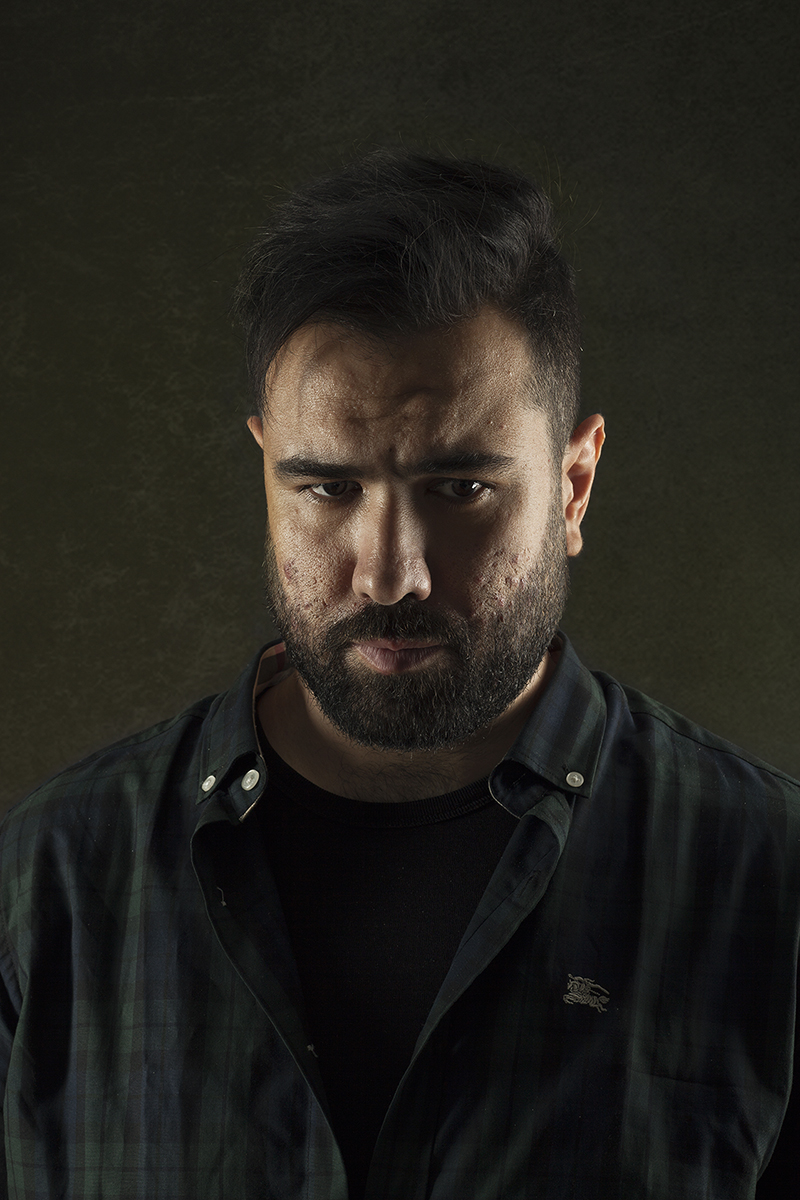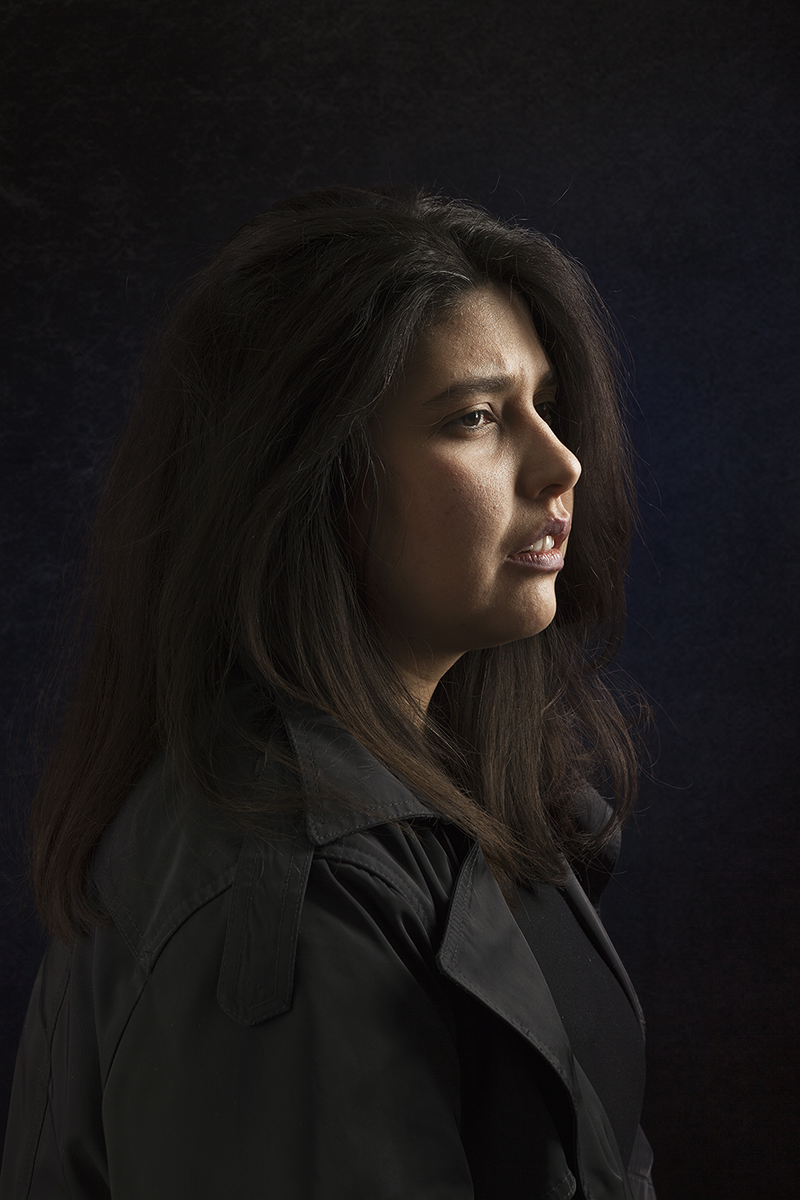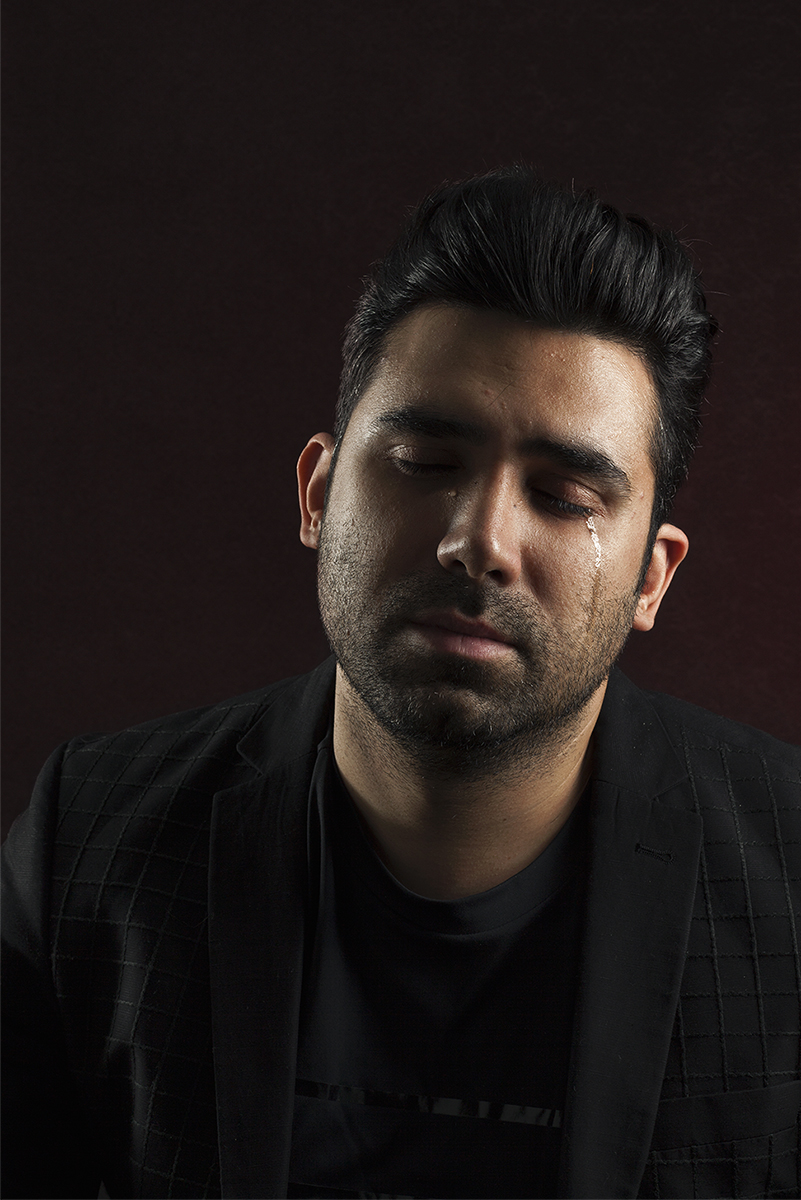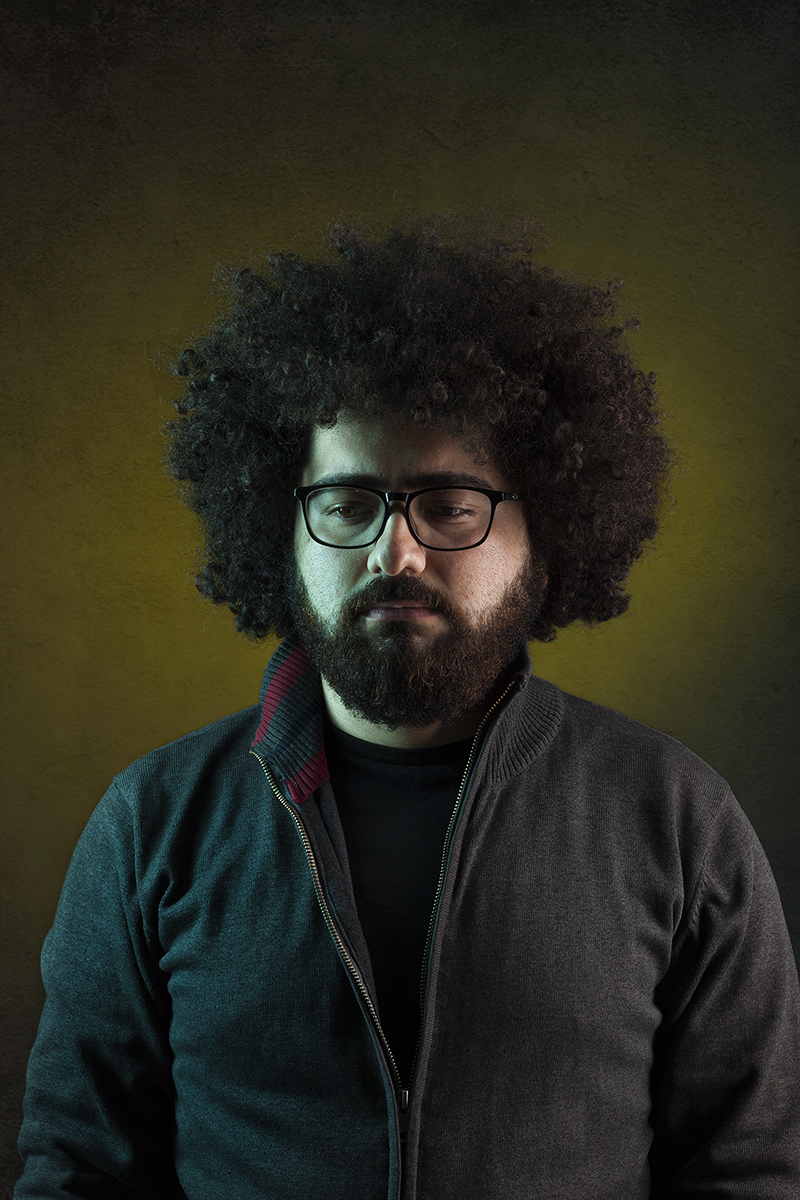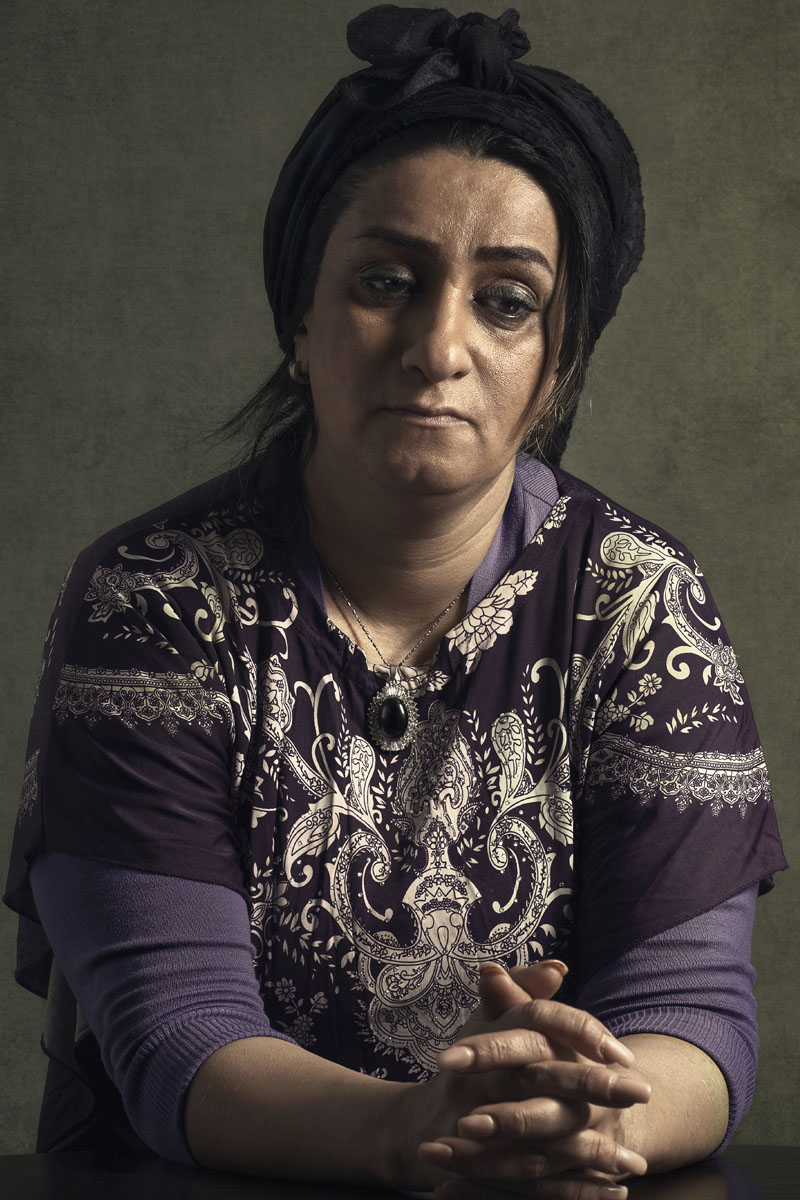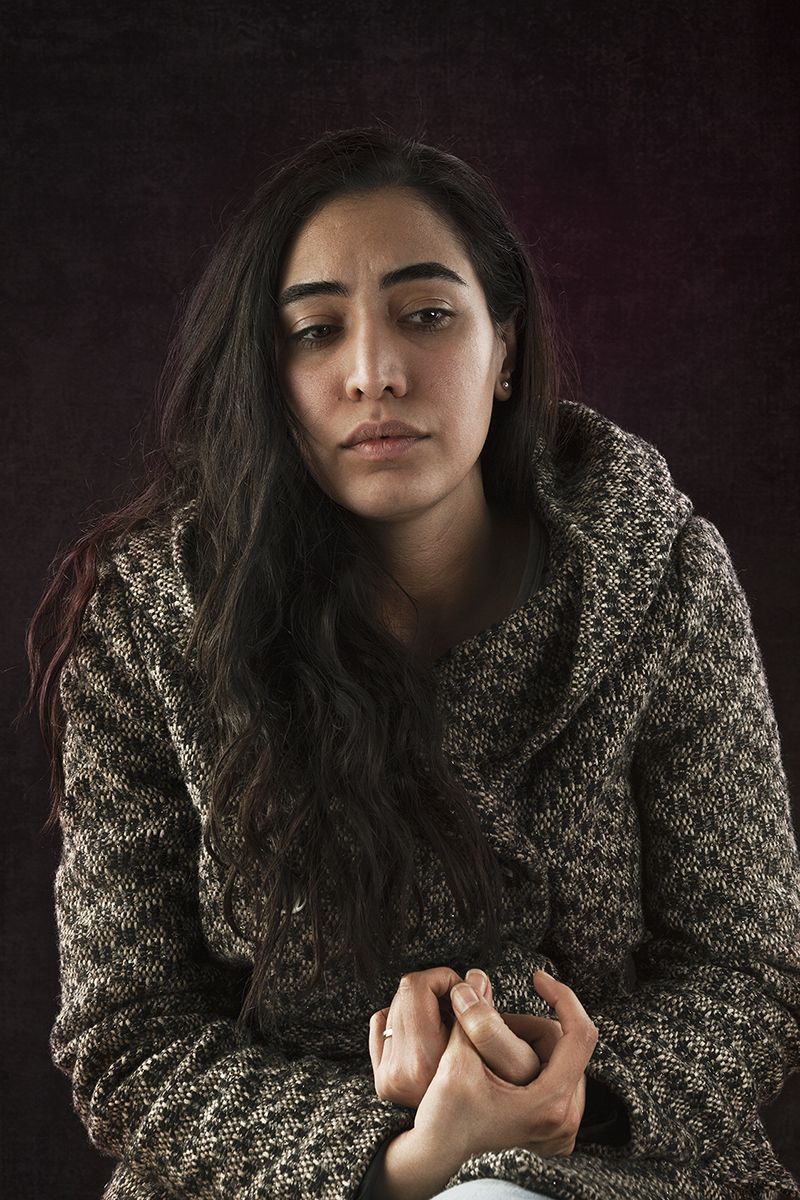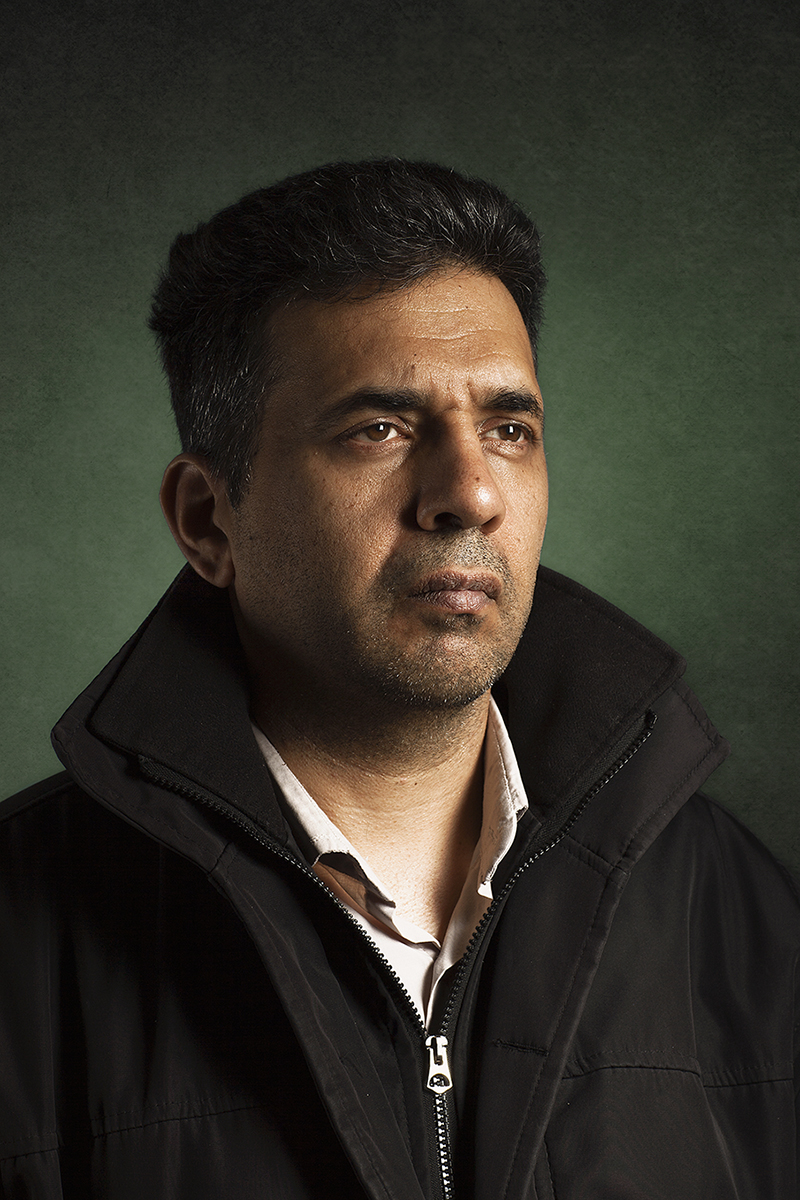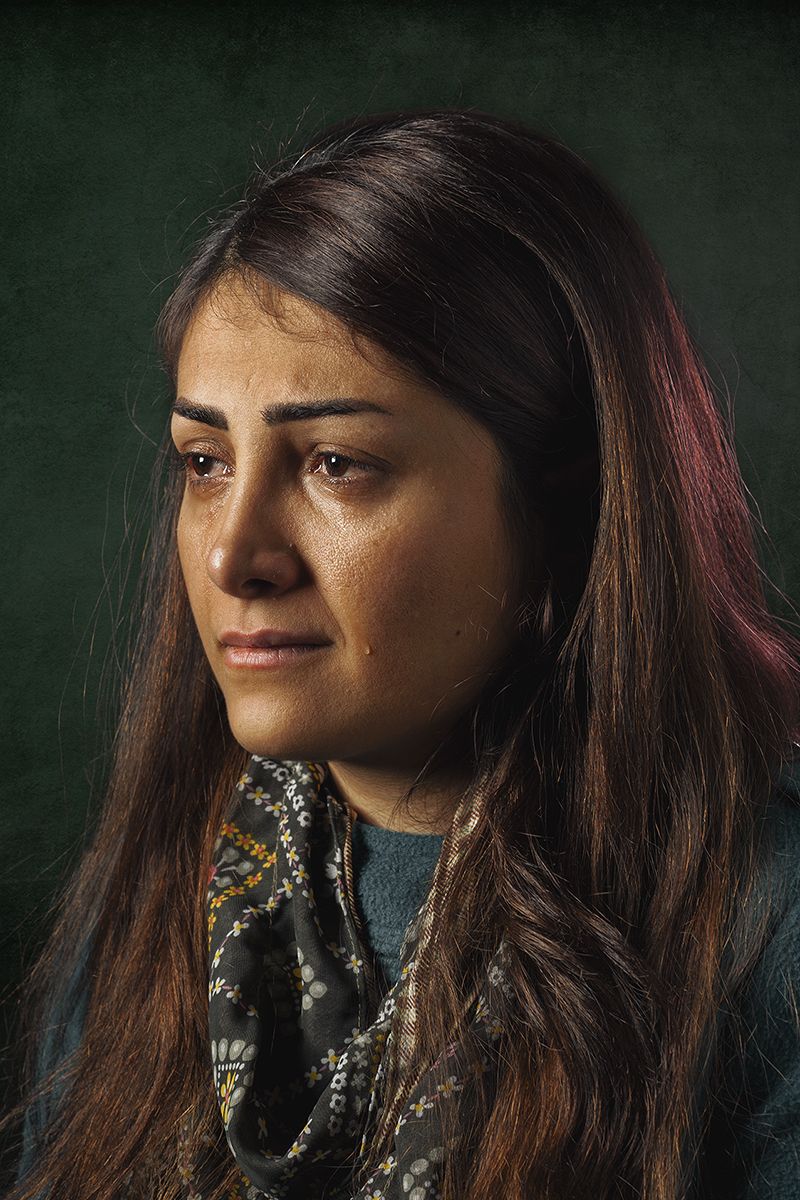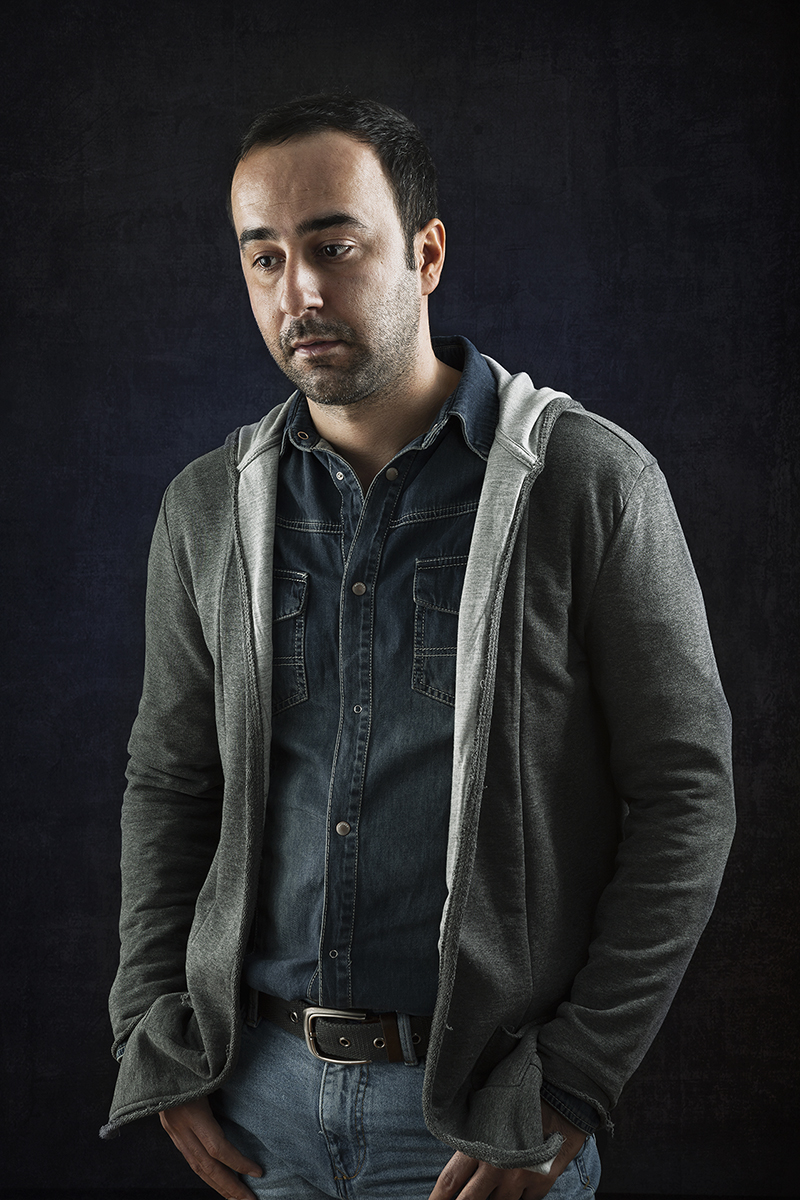The social atmosphere of Iran right before the revolution, with its western standards in personal freedom, converted to a religious, stifling atmosphere with Hijab being its utmost symbolic manifestation. Early after the revolution, the country entered a long period of attrition war with Iraq, whose catastrophic impacts are still existing in the society. It is believed that it takes a war or a revolution for a generation to be destroyed and disappeared, Iran unfortunately experienced both almost simultaneously.
According to statistics, more than 70% of Iranians are aged below 45, meaning that the majority of the population consists of young people who spent most of their lives in the post-revolution and post-war Iran.
I was always interested in bringing the spirit of this generation into my photos. I believe that in order to understand and depict the influence of the society on individuals, the most direct and reliable way is to look at the faces of its members. Through faces, one can read the habits of a society, the crises it has experienced, its past and perhaps its future. Faces are reflectors of hopes, dreams, loves, emotions, dispiritedness and …. In a country like Iran with such a fresh and bold memory of war, revolution and radical social changes, the young generation is struggling for a long time with social problems like addiction, prostitution, unemployment, infidelity, disbelief, pessimism, regret, desperation, migration tendency and many other problems. The signs of these problems are obvious in every corner of the country, regardless of the class and occupation.
